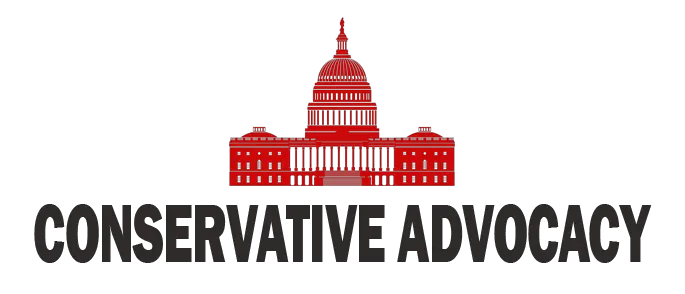Katie Thurston, the former star of The Bachelorette, has revealed her diagnosis with breast cancer at the age of 34. In an emotional Instagram post on February 15, Thurston shared her journey so far, expressing a mix of emotions ranging from despair to determination. Diagnosed with invasive ductal carcinoma (IDC), the most common form of breast cancer, Thurston is preparing for a rigorous treatment plan that includes chemotherapy and a mastectomy. Her candid announcement has sparked an outpouring of support from fans and Bachelor Nation alumni, as well as a broader conversation about breast cancer in younger women.
Thurston’s diagnosis comes amidst a troubling rise in breast cancer cases among women under 40. Studies show that while breast cancer is still more common in older women, younger women are increasingly being diagnosed with aggressive forms of the disease. Experts like Dr. Nicole Saphier have pointed to various contributing factors, including hormonal changes, lifestyle choices, and environmental exposures such as microplastics and exogenous hormones in food. These trends highlight the importance of early detection and awareness, particularly for younger women who may not consider themselves at risk.
In her Instagram post, Thurston detailed the logistical and emotional challenges she has faced since her diagnosis. She described spending Valentine’s Day coordinating housing in Los Angeles for treatment, navigating insurance complications due to preexisting condition laws, and scheduling appointments for biopsies, fertility consultations, and mental health support. Despite these hurdles, Thurston emphasized her readiness to fight the disease and her intention to share her journey to help others facing similar battles.
The rise in breast cancer among younger women underscores the need for proactive health measures. Experts recommend regular self-examinations and being vigilant about less obvious symptoms like inflamed skin or swollen lymph nodes. Lifestyle factors such as maintaining a healthy weight, staying active, and breastfeeding have also been shown to reduce risk. Advances in medical technology are enabling earlier detection through tools like MRIs and genetic testing, offering hope for better outcomes even in high-risk cases.
Thurston’s openness about her diagnosis has not only inspired many but also shed light on the unique challenges faced by young women battling breast cancer. From fertility concerns to financial burdens, these struggles often go overlooked in broader discussions about the disease. As she embarks on this difficult journey, Thurston’s story serves as both a call to action for increased awareness and a testament to resilience in the face of adversity.




